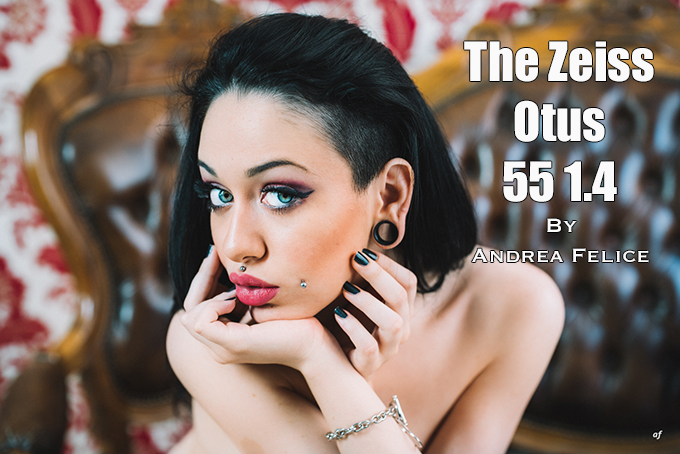
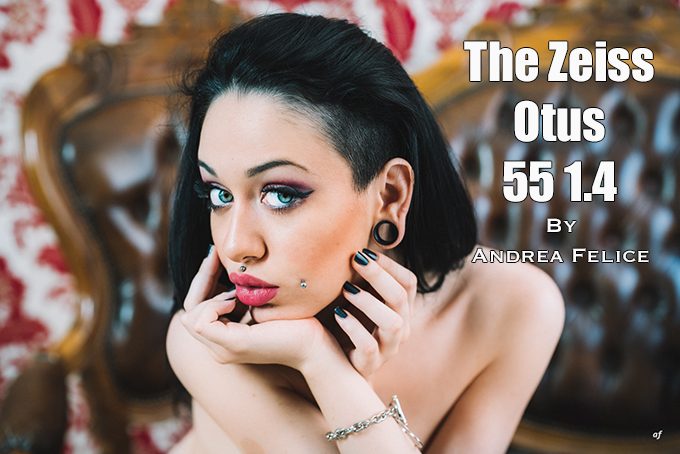
My recent experience with the Otus 55 (and Batis 85) + A7r2
By Andrea Felice
Hi Steve,
As a 50mm lover I have recently made a big investment and I bought my dream lens, a Zeiss Otus 55 (Nikon mount) to couple with my beloved A7r2. As you know the A7r2, with its 42mp, is a VERY hungry camera in terms of resolving resolution from a lens.
I’m a big fan and a Sony camera user since the NEX 7 came out back in the days. I used it with great satisfaction with a multitude of vintage lenses, especially Nikon Ais and Canon FD, lenses that I coupled with my A7s nowadays too.
These lenses with, maybe, the exception of the always outstanding FD 85 1.2L simply doesn’t resolve the resolution that the A7r2 is demanding. I’m not a pixel peep kind of photographer but with the A7r2 is such a joy to discover all the fine details in a photo and go to a 1:1 crop become quite a common operation. And it is in this case, when you crop the image, that you clearly see that vintage lenses are not suitable for the A7r2. The pictures appear, at a 1:1 crop, soft or smudge. I have to say that not only the vintage lenses but also a lot of modern lenses tend to have this issue on the A7r2.
And this is where the Otus 55 came in play with its outstanding resolving power. But more on this this later.
Ok, I had got the lens and the camera, what I needed was a location and a subject to test this combo. I mean, something different from my usual test subjects: my cats or the flowers in the garden 🙂
I found out on FB that a model sharing photo session was going to be held in Bologna (Italy), not too far from the city where I live, Verona, and I jumped in.
For those who don’t know and are curious to know what a model sharing is, well, it is a studio or a photographer that organize a photo session where the photographers/participants (usually three or four) have the opportunity to use the location/studio/sets and take pictures at a model sharing the costs. I think it is a great opportunity for those who don’t have their own studio with lights, sets, etc.. to make practice, or, like in my case, tests new gears or lenses. It is also a great opportunity to see how the others works and to share with them our experiences.
I shot also same video footage, very quickly between a photo shot and another and I did a quick edit. You can see the video here: https://vimeo.com/andreafelice/cecylia
Back to the Otus now. I was talking about its resolving power. Also at a 1:1, and sometimes, 2:1 crop you have a picture that is so sharp and contrasty that it is usable as an image itself. All of this shooting at f1.4. The first time I analyzed a photo I made with the Otus I was simply amazed, all the things that I read and saw on youtube from reviewers were and are true: outstanding optical quality from the centre to the borders, negligible to not existing fringing, superb sharpness and micro-contrast straight from f1.4. Great bokeh. The images that produce have a medium format look.
1st one is the image, 2nd is the 100% crop. Click them to see them correctly
I had with me also the Zeiss Batis 85. It’s a great lens with its own character. Love it, and I did a lot of beautiful pic with it, as you can see on my flickr page, but the Otus is simply in another league. What I appreciate about the Batis is the fast and near silent autofocus that combined with the eye autofocus function on the A7r2 make it a joy to use.
From the 85 Batis
crop below…
–
The Otus is a manual focus lens and I’m a manual focus lover so its silky smooth focus ring combined with the A7r2 focus magnification zone and the focus peaking that makes the operation very fast and accurate is just perfect for me.
Two more from the Otus
In conclusion I’m very proud of my Otus 55. Yes, it’s fat and heavy but once you test it and watch at the gorgeous images that produces it’s very difficult to come back to other lenses.
Just for the record, I’m not affiliated with Zeiss or Sony in any way, I’m just an enthusiast photographer.
Hope you enjoy the photos. Here the link to see the pictures on flickr: https://flic.kr/s/aHskBKPCjG
All the pictures were post processed in LT without touching the sharpening slide.
Model: Cecilia Rae
As a friend of mine always says: good light to everyone!
Best,
Andrea
from Italy
You can buy or see more of the Zeiss OTUS at B&H Photo or Amazon!

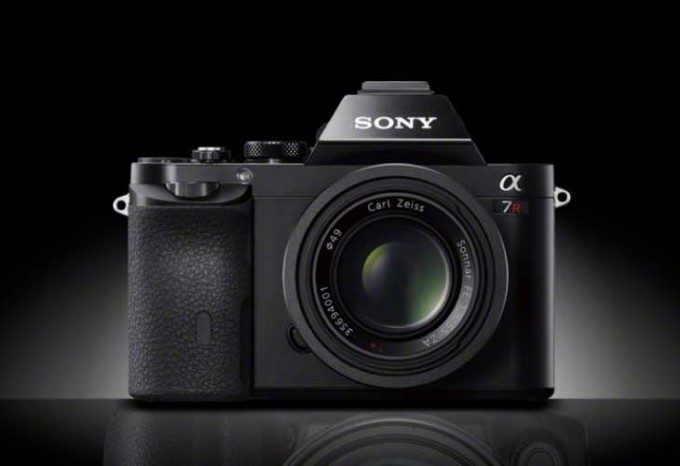
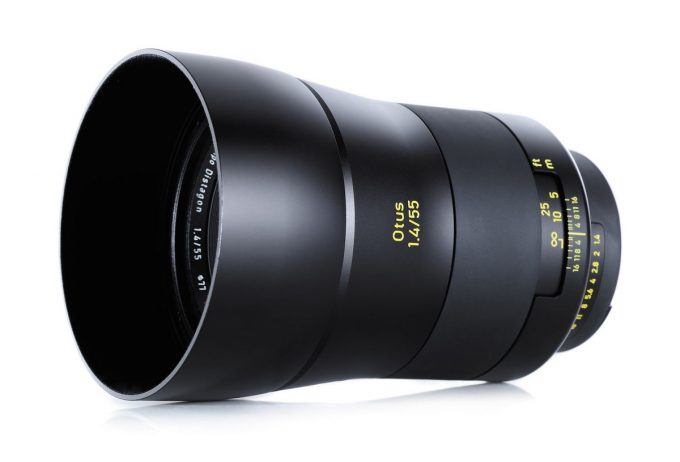
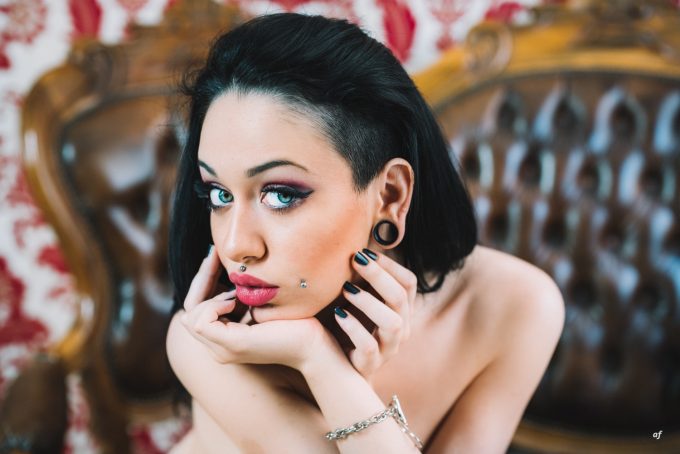
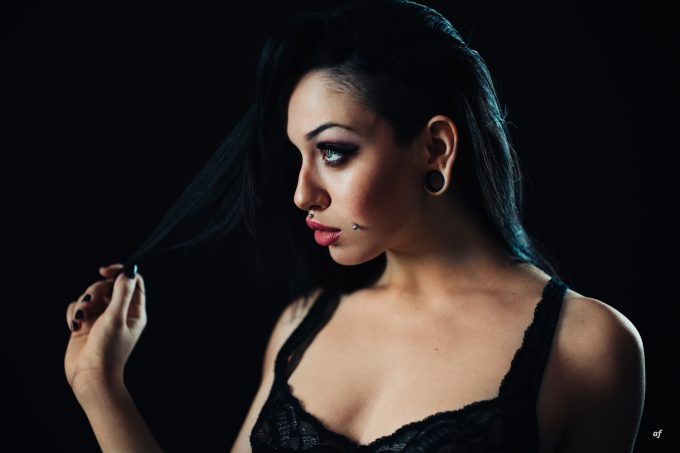
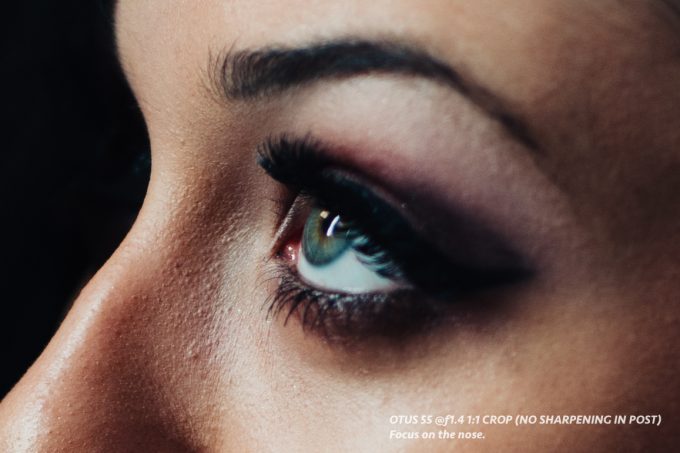
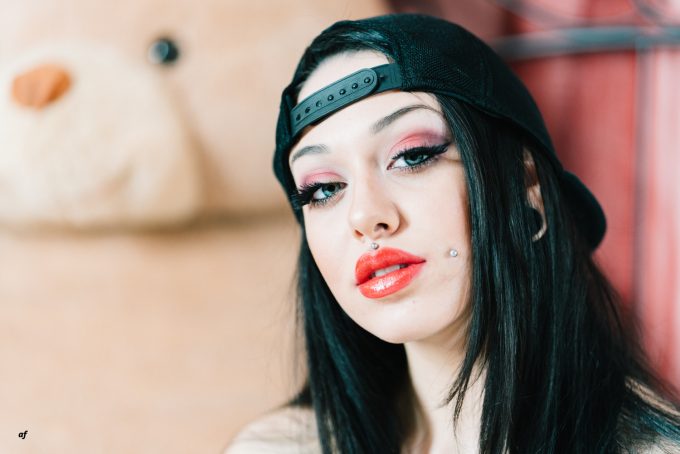
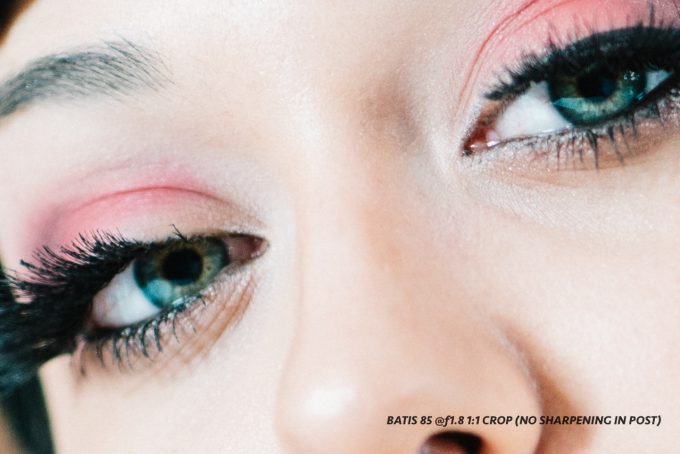
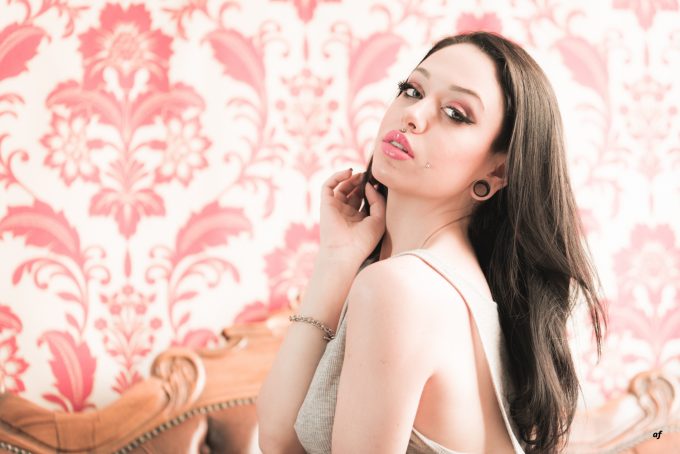
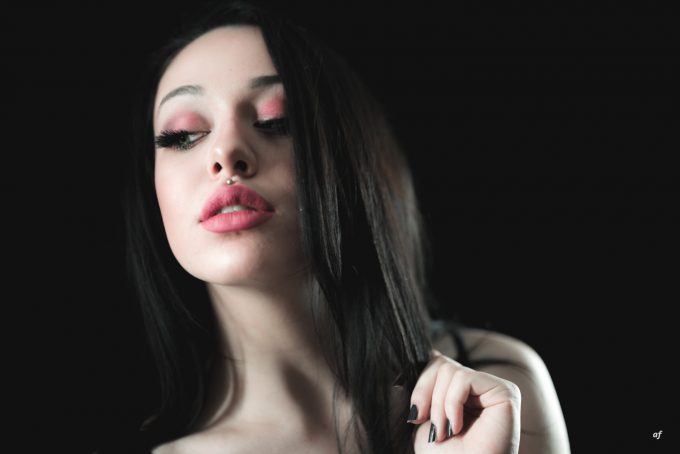
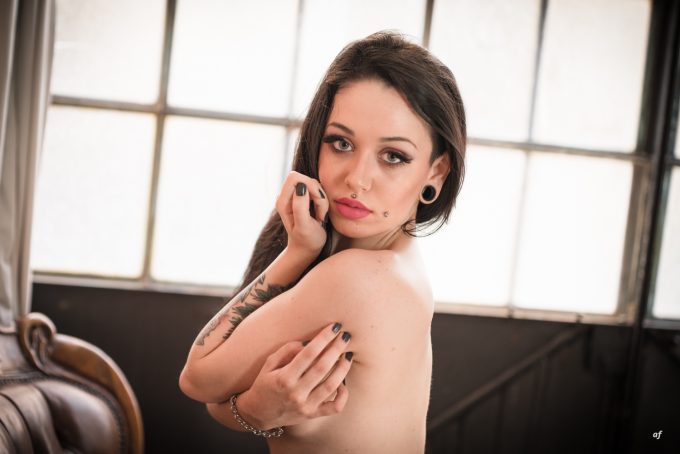


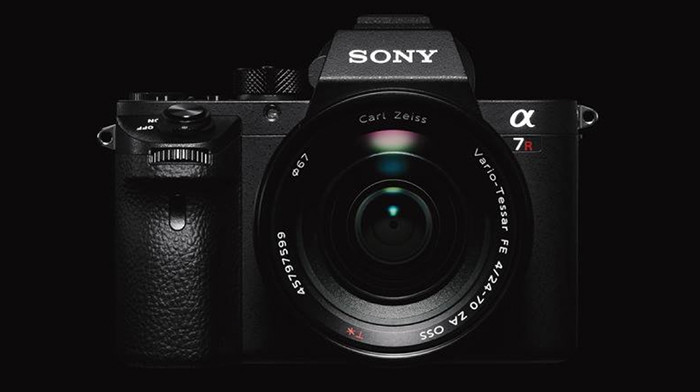
I would like to have a 25 mm Zeiss lens for mft, even when it would more cost than a thousand dollar.
Hi Steve, I agreed, but I have to say that the Leica ones and also some of the the Pana/Leica ones are really great lenses. I went to my vacation last summer bringing with me my GH4 with one only lens, the cheap and little 20mm/1.7. Just to stay as light as possible. Well, I’m super happy with the results, both photos and video ( https://vimeo.com/andreafelice/soundofmemories ).
First off, I like the compositions. They are interesting and fun with beautiful models. But the shot with the nose in focus and the eye out of focus shows how hard it is to focus these lenses wide open. And if you cannot hit focus consistently, then it negates the point of the lens.
This independent test of 50mm lenses shows the real performers. The Otus is excellent, but surpassed by the Leica Apo 50 2.0 and the ‘old’ Summilux Asph 50 1.4. Both are much smaller than the Otus, and the Summilux can be bought used for just over $2500 now.
https://www.lensrentals.com/blog/2014/06/comparing-rangefinder-and-slr-50mm-lenses-version-0-7/
Thanks for the comment Huss! The nose is in focus because I wanted it in focus 😉 My goal for that picture was to have a beautiful and sharp silhouette/shape. If I triggered the focus to the eye, at f1.4, I would have lost that. Just a decision made quickly between a pose and another of the model. This image isn’t intended to be cropped. The cropped one is only to show the quality of the Otus in regard of sharpness, micro contrast and the lovely bokeh.
About the great Leica lenses you quoted I tested them both on the A7r2 thanks to friend of mine that have got them and I have to say the Otus is better and unbeatable (by now) on the A7r2, 50mm speaking.
Huss, imo it doesn’t negate the point of this lens, but it does negate the point of shooting wide open all the time. A strange obsession.
What’s wrong exactly with shooting, at these distances, at f2.8? Focusing would still be critical though.
Take that test of 50mm lenses with a pinch of salt, as it was done before Lensrentals’ staff realized that digital-era lenses like the Otus have an optical formula that’s designed to have a ca. 2mm-thick flat glass plate between the lens and the sensor.
Lensrentals thus tested the Otus without the required glass plate, thus resulting in slightly higher aberration figures and suboptimal test results.
Lensrentals thus tested the Otus without the required glass plate, thus resulting in slightly higher aberration figures and suboptimal test results.
“We may need to make corrections on our optical bench when testing lenses designed to have a certain thickness of glass between their rear element and the sensor. Obviously, we’ll be going back to doing more testing there, too. I suspect, for example, that the numbers I posted in last week’s 50mm article might actually be a tiny bit lower than reality for the Sigma Art and Zeiss Otus lenses.
Or perhaps not. This is a new area and we’ll have to run lots of copies on the bench, and correlate them with Imatest or other complete-systems measurements before we know for sure.”
When Lensrentals retested the Otus, as expected, the higher the resolution, the larger the impact of the absence of the required glass plate.
This graph’s highest measured resolution is 30lpm, but the upward shift in the curves would have been even more pronounced at, say, 40lpm and 50lpm.
https://www.lensrentals.com/blog/media/2014/06/otuscoompare.jpg
The Batis 85/1.8 crop shows the eyelashes in focus but the pupils OOF. Even at f/1.8, the Batis has better resolution than shown in this example, but a razor-thin depth of field at pixel-peeping magnification. There is some tendency for short-focus in the AF mode, so a touch-up in manual mode is good practice.
The list of lenses which can actually produce pixel-sharp results with the A7Rii is surprisingly short, but fortunately growing. Otus lenses are at the top, not just for resolution but almost complete correction of aberrations and incredible bokeh. The new Sony G-Master lenses come close to Otus performance. I have the 24-70/2.8, which is better than Zeiss Loxia or Batis lenses in the same range. The Sony 85/1.4 GM has glowing reviews, at 1/3rd the cost of an Otus 85/1.4. Lenses designed for the Sony account for the thick cover glass on the sensor. DSLR lenses like the Otus do not. DSLR lenses have a long back-focus, which mitigates the cover glass effect, at least for 50 mm and longer lenses.
Hi Ed, thanks for the comment! I agreed to everything you wrote. I tested the GM 24-70/2.8 at a local store last week, really a superb zoom lens. Still waiting to test the GM 85/1.4 which is in my short list.
Love the first and second last images.Just wondering if anybody remembers the write up by Ashwin Rao about the use of vintage lenses on the Leica Mono .
I wonder how the Sony A7r2 would render with vintage lenses ?
If you can afford it then the Otus surely must be on your wish list with this camera I know it would be on mine + some vintage glass as well.
Some beautiful images here of a stunning model.
Thanks for posting.
Thank you Fergus!! I think that the point is which lenses resolve the resolution of the a7r2. The vintage lenses, IMHO, are better suited on 24Mp or lower mp count cameras. If you buy a A7r2 you want high resolving resolution lenses (GM, Otus, Sony/Zeiss 55….) for this camera. Otherwise is a nonsense to own a A7r2.
Generally speaking I think it will be interesting to see if in a near future (50mp, 75mp, 100 mp or more everywhere) vintage lenses will be used again. I mean, vintage lenses were not made for such a resolution.
I’m not familiar with the camera or lens, but the images are wonderful! Thanks for sharing them.
Thanks a lot for your comment Safiyyah. I have to say the model played the major role 🙂
Beautiful images and those Zeiss are fantastic.
The Otus is a legend. Do you find that the huge resolving power requires significant work in post or that you choose a model with perfect skin?
I shot a model recently who commented that she preferred the output from an adapted FD 85 shot wide open with coma, slight softness etc… over a similar one taken with the Batis! When I asked why, she preferred the way it made her skin look (i.e. less of every individual pore)!
Thanks for your comment Tom! This is an interesting point.
In my opinion, talking about full frame cameras, less Mp count from the body and best resolving power from the lens is an important key to obtain images with a wonderful look (love the images that the 12mp A7s produces). Viceversa the pores are there 😉 and you have to deal with them in post if you need.
In the case of the photos shown in this post and on my Flickr I have to say that, thanks to the beautiful model, I just tweaked a little with the colors and nothing else. In the 1:1 crop picture from the Otus I wanted you to see the individual pores just to see the quality of the Otus rendering out of a A7r2. I have to say that if you look at a ‘normal’ picture size the FD85 is really a sharp lens too but, IMHO, the best from the FD 85 1.2L (and a lot of others vintage lenses) is given by couple it with a 24Mp (or lower) body.